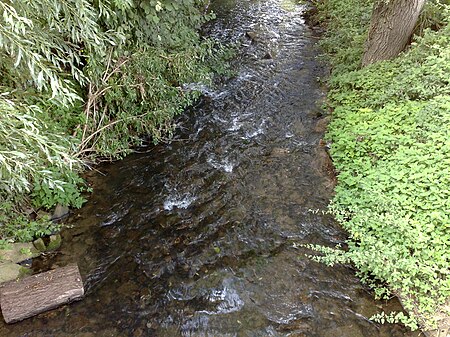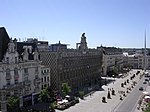The Battle of Valenciennes was fought on 16 July 1656 between the Spanish troops commanded by John Joseph of Austria and the French troops under Henri de la Tour d'Auvergne, Vicomte de Turenne, in the outskirts of the city of Valenciennes in the Spanish Netherlands during the Franco-Spanish War. After a period of Spanish recovery following the Peace of Münster in 1648, France went again on the offensive in 1654, having succeeded in suppressing internal rebellions, and took several towns in the province of Hainaut over the course of two years. On early 1656, Turenne was instructed by the French court to continue the offensive. He intended at first to besiege Tournai, but realising that it had been strongly reinforced by the Army of Flanders under the newly appointed John Joseph of Austria, illegitimate son of Philip IV of Spain, he went instead to besiege Valenciennes, in the course of the Scheldt River.
The defenders of the city opened locks and breached dikes to flood the surroundings and hamper the siege. Their strong resistance gave time the Spanish army to prepare a relief which took place one month after the beginning of the siege. The early hours of 16 July, the forces led by John Joseph of Austria and the Prince of Condé, the victor of the Battle of Rocroi, now in Spanish service, stormed the French circumvallation lines west of Valenciennes, defended by the forces of Field Marshal Henri de La Ferté-Senneterre. The Spanish were victorious and destroyed Le Ferté's army, whom Turenne was unable to help because of the floods that separated their respective armies.
The Battle of Valenciennes was the worst of only a few defeats that Turenne suffered in his long career campaigning, and is regarded as Spain's last great victory of the 17th century, as well as one of France's worst defeats of the century. Coupled with another Spanish victory over the French at Pavia in 1655, that of Valenciennes seriously damaged France's military capabilities and fueled the hopes in the Spanish court for a favourable peace with France after more than twenty years of conflict. Peace talks took place at Madrid during the summer of that year, but ultimately failed to produce any result, and the war continued for three more years, until the Peace of the Pyrenees in 1659.










